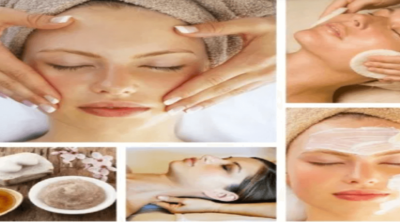
Vitamin C serum is gaining a lot of popularity as an anti-aging agent. Given below are details about how to make this serum at home and what are the risks associated with it.
One of the most powerful anti-aging vitamins is vitamin C. There are plenty of health benefits of it. These include the fact that when ingested it helps in wound healing and also boosts immunity. However, what it is most well-known for perhaps is the fact that it brings about collagen remodeling. This is the reason why its serum, which is available for topical application, is gaining so much popularity. Given below are details about how to make this serum and what to watch out for when using it.
How to Make Vitamin C Serum for Face
The best vitamin C serum without a shade of doubt is the homemade serum. This is true for a variety of reasons. Firstly, not all products that are available in the market contain sufficient amount of vitamin C. The concentration of this vitamin may not be sufficient for it to be of any use for topical application. Another reason why you may want to opt for homemade serum is that ascorbic acid is very expensive. This is because vitamin C is very unstable and difficult to get in a formulation, as it easily gets oxidized. So given below is a guide on how to go about make it:
- Take around ¼ teaspoon of L-ascorbic acid (1-1.2 g) in a container. Be sure to use pure ascorbic acid and not just vitamin C tablets or any other preparations of this vitamin that may not contain pure L-ascorbic acid. Add 5 ml of distilled water in a container and stir the contents completely using a stirrer.
- Take 5 ml of glycerin and add it to the mixture. Glycerin acts as a base for the L-ascorbic acid and thus, assists in repair. It also prevents the irritation that may occur due to the acid.
- Place the final mix in a jar that is sealed air-tight and ensure that the container is not made of glass, as sunlight degrades this vitamin. So, always store this mix in a cool and dry place.
Risks Associated with the Serum
You need to always have a keen eye when using this serum for acne scars. This is because the it may get oxidized before you even use it. This can happen because as aforementioned, ascorbic acid is very unstable. In fact, even in stabilized formulations, there is a risk that before even getting the preparation home, it gets oxidized. One simple way to keep a check on this is to be on the lookout for yellowing of the serum. When the ascorbic acid takes on a yellow tinge, it indicates oxidation.
So if your vitamin C face creams or serums take on a yellow hue, it is absolutely important to discard them. This is because, rather than being beneficial, using oxidized serum may actually cause more harm than benefit. For the purpose of being able to use the color test, you shouldn’t buy creams or serums that are tinted yellow or orange. This is because then you will not be able to visually check for oxidation. You need to keep this in mind more so because in the first stage of oxidation, the solution is still colorless, hence, it may go undetected.
The reason why you should concentrate on making this serum at home is because then you can make it in desirable quantities, rather than buying it in bulk. Plus, you can make this serum for a fraction of what you will be paying outside. So, if you are looking for a simple and effective anti-aging supplement, then this serum is for you.


